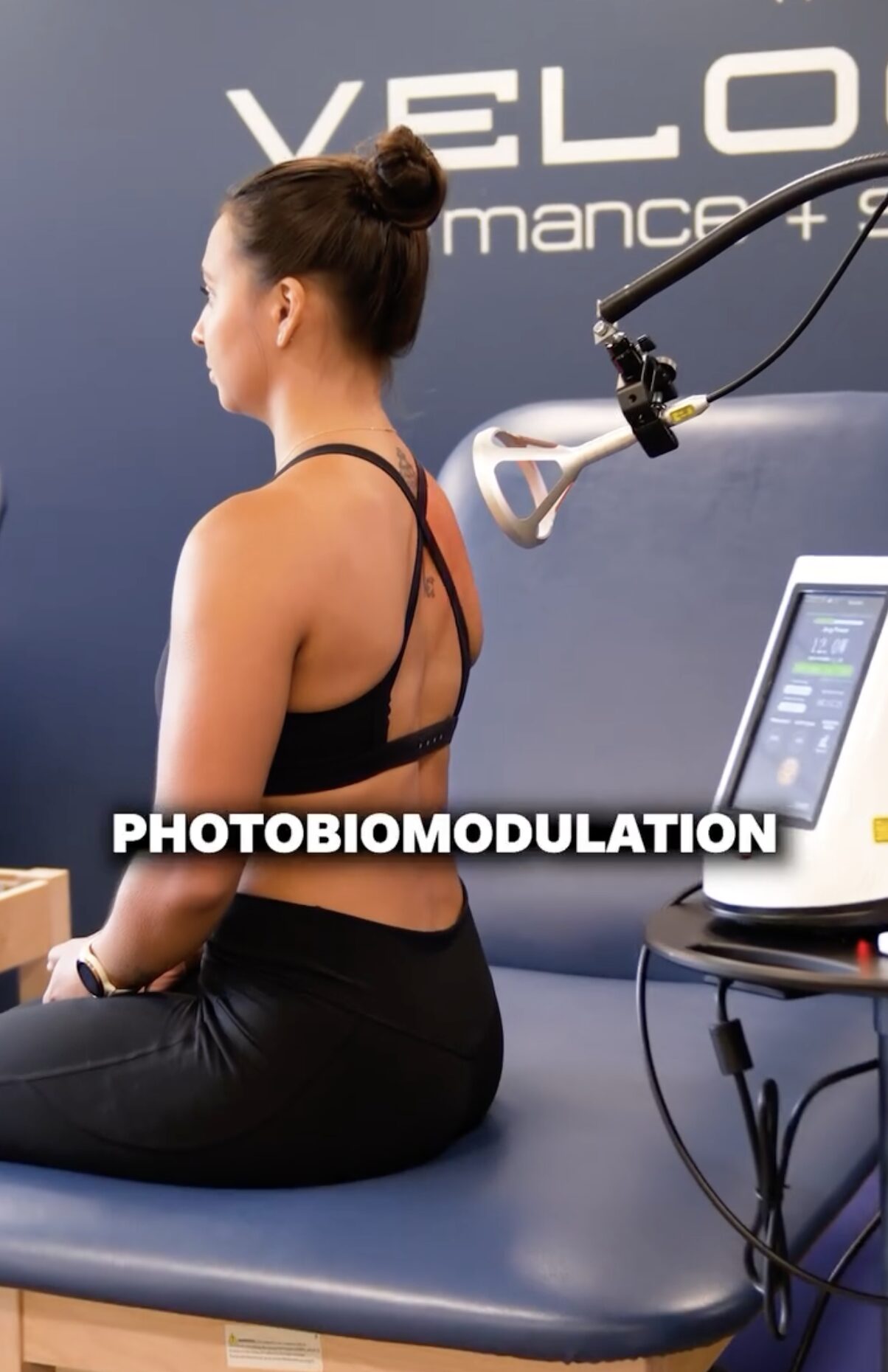Photomedicine therapy is backed by much evidence for its impressive efficacy in treating various conditions. The focus on cellular function stimulation has made photomedicine therapy a promising solution for inflammation. This blog unravels the intricacies of photomedicine therapy so that patients can understand its immense potential.
How does photomedicine therapy address inflammation?
Photomedicine therapy uses the power of light to stimulate targeted cells with tissues. The light prompts them to perform natural functions at an enhanced rate. Pharmacological treatments often mask pain or merely address symptoms. However, photomedicine therapy targets the underlying condition or pathology, which promotes true healing.
The heart of photomedicine therapy lies in the interaction of light with organic matter. It particularly chromophores such as hemoglobin and cytochrome c oxidase within the mitochondria. This interaction caused by photomedicine therapy enhances cellular respiration. The reduction in oxidative stress contributes to relieving inflammation.
Is photomedicine therapy better than traditional treatments for inflammation?
- Many patients report that photomedicine therapy is better because of its minimal to no side effects. As a result, it becomes a safer alternative for relief from inflammatory conditions.
- Secondly, photomedicine therapy addresses the root cause of inflammation. Therefore, patients can experience longer-lasting benefits than treatments that solely target symptoms.
- Moreover, the warm and soothing sensation experienced during and after photomedicine treatments with Class IV lasers sets it apart from so-called cold lasers. This laser therapy is considered the best choice for patient comfort levels.
This comprehensive method of managing inflammation highlights the usefulness of photomedicine therapy.
Biomedical photonics in photomedicine therapy
Biomedical photonics is a burgeoning field that explores the behavior of light in interaction with organic matter. It also serves as the cornerstone of photomedicine therapy\’s evolution. Applications of therapeutic interventions, medical imaging, and biomedical photonics offer a multifaceted approach. These can effectively address inflammation as well as other medical conditions.
Biomedical photonics is shaped by quantum theory and technology advancements. The genomics revolution, therefore, holds immense promise for the future of medicine. When its noninvasive nature is coupled with cost-effectiveness, photonic modalities become indispensable tools in medical therapy.
How does laser therapy specifically target inflammation?
Laser therapy is a key component of photomedicine therapy. It reduces inflammation through various mechanisms.
1.Laser therapy removes inflammatory mediators by inducing vasodilation.
2.It activates the lymphatic drainage system to heal the tissues.
3.Laser therapy helps diminish erythema, bruising, and edema, so it entirely alleviates discomfort.
The primary goal of laser therapy in photomedicine is to combat inflammation at its core. It is a holistic approach to managing inflammatory conditions. With this effective modality, patients can improve their overall quality of life.
Conclusion
Photomedicine therapy stands as a beacon of hope in the realm of inflammation management. It is a safe and comprehensive approach to healing. The power of light, when combined with advanced biomedical photonics, makes photomedicine therapy the future of medicine. As we continue to unravel the mysteries of inflammation and its underlying mechanisms, photomedicine therapy remains a trusted choice for relief and restoration.
